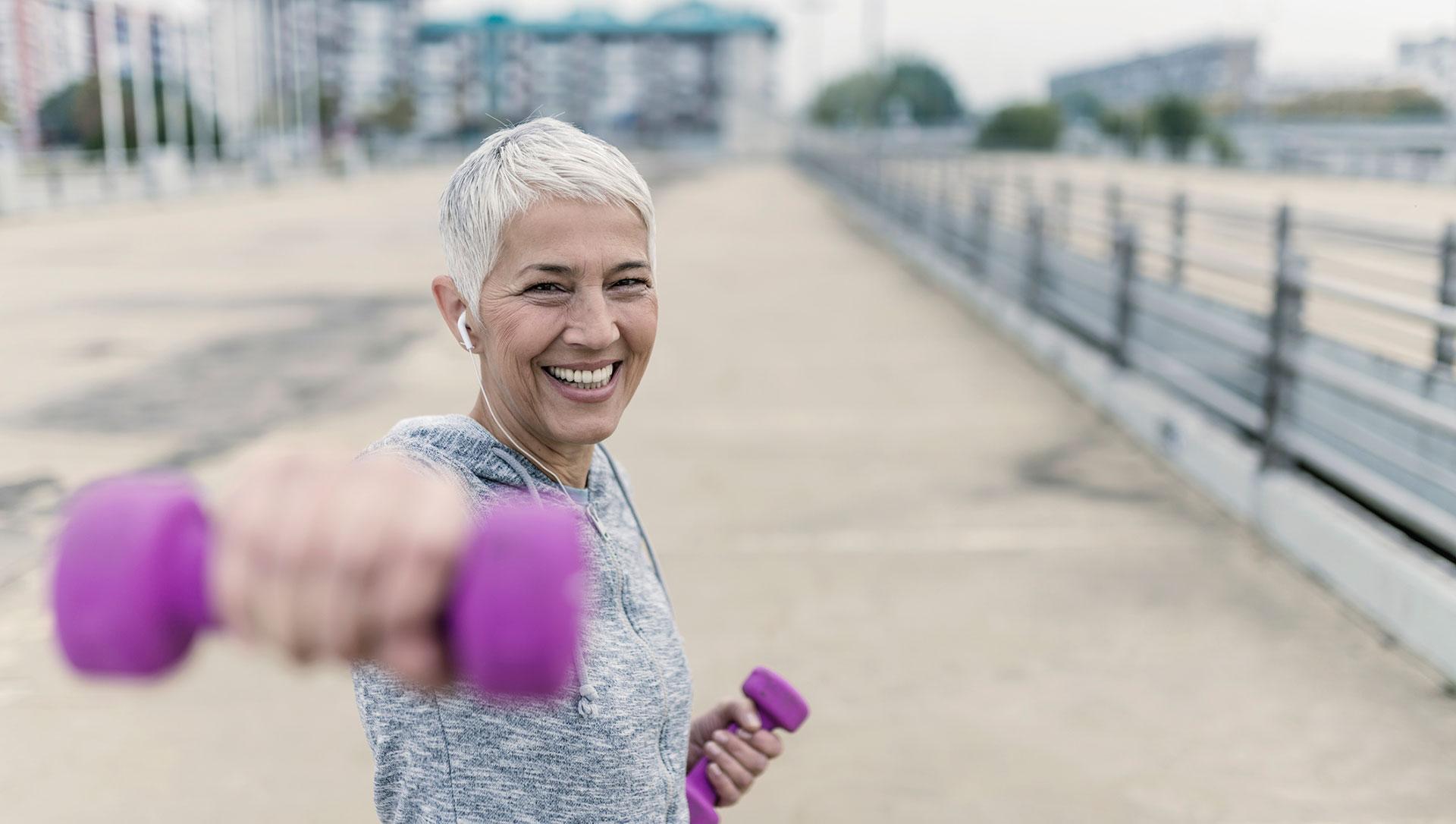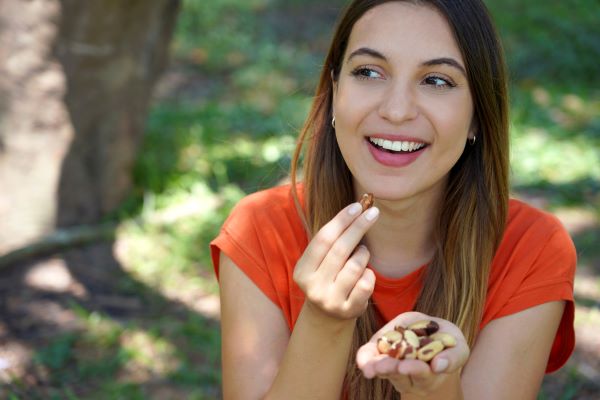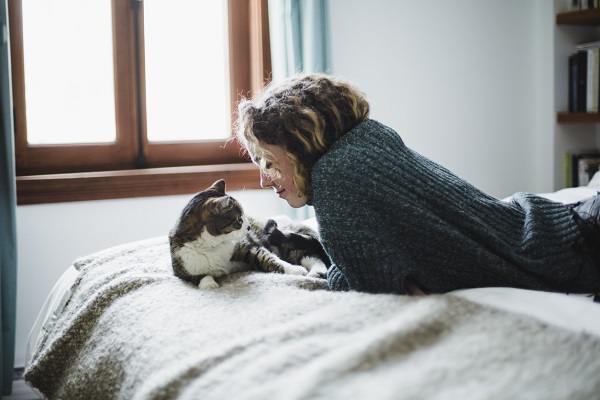-
In May 2018, the Clinical Oncology Society of Australia published a statement on exercise during cancer treatment. This world-first call was for exercise to be prescribed to all cancer patients, and warned that not promoting the need for exercise could be harmful.
There is huge body of data suggesting that exercise reduces the risk of breast cancer recurrence, and the risk of breast cancer-specific mortality. Multiple randomised controlled trials also show that exercise during and after cancer treatment improves quality of life.
I treat breast cancer patients as a medical oncologist at St Vincent’s Hospital, and I advise all my patients to begin exercise before they commence treatment, as this will help reduce deconditioning when their treatment starts. Luckily, chemotherapy is no longer as debilitating as it used to be. You don’t need prolonged bed rest. The main side effect my patients have is fatigue, and most of them report that exercise reduces their fatigue rather than making it worse.
However, the exercise guidelines from the peak body are broad – basically the same guidelines as for the rest of the community (whether we meet them or not). And so I’ve designed a study at the Garvan Institute of Medical Research to look at how strength training may help improve patients’ outcomes from breast cancer treatment.
Exercise and cancer – the COSA guidelines
The Clinical Oncology Society of Australia suggests:
- At least 150 minutes of moderate or 75 minutes of vigorous aerobic exercise (eg. running, cycling or swimming) every week.
- Two to three resistance sessions (eg. lifting weights) each week.
- Best practice cancer care should include referral to an accredited exercise physiologist and/or physiotherapist with experience in cancer care for a tailored exercise program.
A focus on strength training
In my trial, I’m leading patients through a supervised strength-training session directly following each chemotherapy treatment. Participants will then continue a strength-building routine at home between sessions.
The premise of my trial is based on the effects of the proteins that muscles release when they contract. In mouse models, exercise has shown to reduce tumour growth. However, the mechanisms underlying this effect are still largely unknown. It’s possible that exercise stimulates the immune system, or that the protein released by muscles cells kill cancer cells directly.
I have an additional theory about why this could happen, which is that increased blood flow to the tumour, which occurs during exercise training, will improve blood flow through the tumour and in turn carry the chemotherapy in higher volume into the tumour. My hope is that, through the study, we will see that this increases the effect of the treatment.
Of course, we won’t know the full and long-term effect of exercise interventions such as strength training for years. But anecdotally, we are seeing results in the women on the program. I tested their fitness levels when they were halfway through chemotherapy treatment. They have all maintained their levels or even gotten stronger.
Even though this is a simple intervention, there’s indication that the gains could be large. The women have all reported that undergoing the strength training program has helped them manage the stress of their treatment – it’s given them a sense of control over the process.
What we know, with certainty, is that muscle leads to health benefits. We also know that the more active you stay, the better your recovery will be, even in the very long term. And finally, we know that any exercise is better than no exercise.
To find out more about this study, contact the Garvan Institute of Medical Research.
Can strength training help improve breast cancer treatment?

-
Eat for your eyes
Some of our favourite foods to help keep your eyes healthy.
-
How is ‘phubbing’ hurting your relationships?
Here’s how to stop phubbing and be more mindful of your phone habits, to help improve face to face interactions with your family and friends.
-
Are the winter blues real?
Simple ways to boost your mood in winter.
-
Mental fitness explained
Just as you work to strengthen your body, your mental health deserves attention and exercise too.
-
The link between stress, anxiety and jaw pain
Physiotherapist Michael Chan explains how stress and anxiety can cause jaw pain, and how to help get some relief.
-
When you can't sleep next to your partner
You love everything about them – except their sleep habits.
Subscribe to receive the best from Live Better every week. Healthy recipes, exercise tips and activities, offers and promotions – everything to help you eat, move and feel better.
By clicking sign up I understand and agree to Medibank's privacy policy





.jpg)
